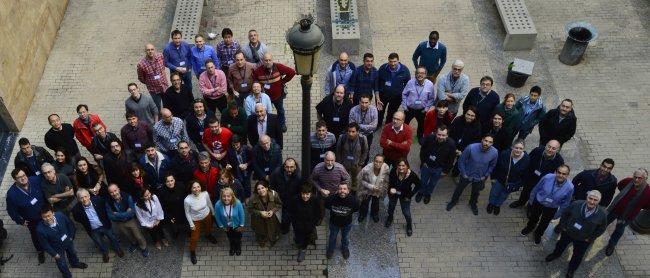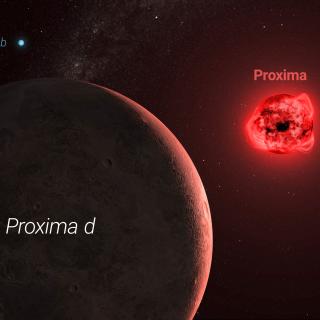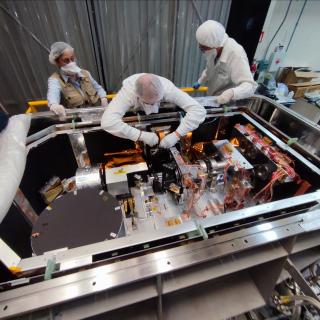The ability to take images of outstanding beauty and the curiosity about our surroundings is what makes people look up to the sky and the stars. Astrophysics is the branch of science which uses the most advanced technology to make tools allowing us to observe the cosmos and to get to know it as never before. One of these tools is the Gran Telescopio Canarias, sited at 2,400 metres above sea level at the Roque de los Muchachos Observatory, (Garafía, La Palma)-
From the start of its scientific operation in 2009 the GTC has contributed tothe advance of our knowledge of the universe, with over 420 publications in scientific journals, 8 of them in Nature magazine, and 2 in Science. The meeting which took place this week in Valencia was the third of its kind since the GTC began producing data, almost 10 years ago. Its scientific productivity has increased steadily year by year, thanks to the versatility of its instruments and its highly flexible observing model, which permits a wide variety of observations in different fields, and allows a `particularly rapid response to unexpected astronomical phenomena. Active asteroids and other Solar System bodies, the atmospheres of extrasolar planets, protostars, nebulae, stellar mass and supermassive black holes, in galaxies far and near are just some of the subjects which we have seen during these last three days, from the teams which make up the collaborations behind the different instruments of the GTC
Because Science and technology act as mutual stimuli. For that reason, as well as the results obtained using the instruments already installed on the telescope: OSIRIS the instrument most requested, and with which the majority of the scientific publications of this decade have been made, now with its new high resolution module NEFER; EMIR, operative since 2017 and which has recently taken on its new mode of multiobject spectroscopy, with which one can study the spectrum of several objects at the same time; MEGARA, operation from the present year, and which has already given rise to scientific results of impact, presented at the conference, HiPERCAM, the visitor instrument from the University of Sheffield, capable of observing simultaneously through five filters at once, and with an extremely fast time response,; Canaricam, from the University of Florida, which will be returning to the telescope after a two year absence, and finally the spectrograph HORS, another visitor instrument developed at the IAC, which it will be possible to observe point sources at very high spectral resolution and wide spectral coverage.
As well as these, instruments which will be installed on the telescope during the coming years: FRIDA, led by the Universidad Nacional Autónoma de Mexico which will take advantage of the adaptive, e optics to be installed on the GTC to achieve very high resolution images, MIRADS, an infrared multiobject spectrograph led by the University of Florida, and the high resolution spectrograph which is being developed by the astronomical community of China to become part of the user community of the GTC.
Thinking in the longer term, there was an opportunity to take a look at the first proposals for future instruments which may be candidates for the second half of the decade of the 20’s: NEREA, GATOS, BATMAN, and GTCMAO 3.0. With these instruments it is intended to find the niche for the scientific exploitation of the GTC when the next generation of even larger telescopes will start operations from the ground (GMT, TMT, ELT) as well as the JWST in space.
“We foresee the current instrumentation plan coming to completion in 2021, when up to seven scientific instruments could be available for use on the GTC”, indicates Romano Corradi, the telescope`s director. “These new proposals should guarantee the competitivity of a telescope which will continue to be the largest in the world, in the optical and infrared ranges, at least until 2025”.
The Gran Telescopio Canarias is funded by the Autonomous Community of the Canaries and by the Spanish State (cofinanced with FEDER funds, Europeaj Funds for Regional Development) with international participation by institutions in Mexico ,IA-UNAM, (the Institute of Astronomy of the National Autonomous University of Mexico), INAOE, (the National Institute of Astrophysics , Optics and Electronics) both cofinanced by the CONACYT (National Council for Science and Technology of Mexico), and the United States (Foundation for Research of the University of Florida).
The Observatories of the Instituto de Astrofísica de Canarias (IAC) and the Gran Telescopio CANARIAS (GTC) are part of the Spanish Unique Scientific And Technical Infraestructures (ICTS) network.
Interesting links:
Previous press releases:




